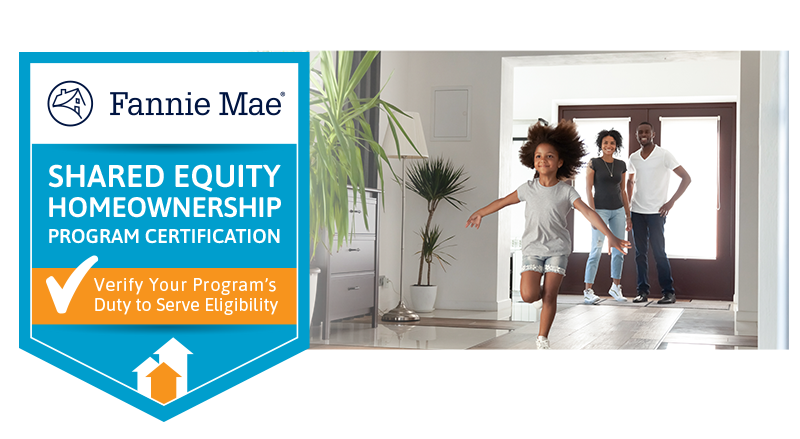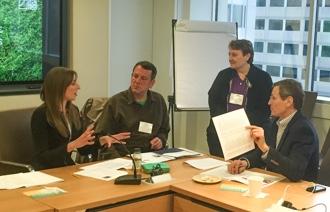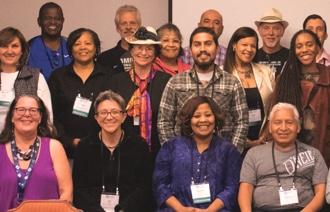Duty to Serve Shared Equity Homeownership Certification for Fannie Mae
Grounded Solutions Network is partnering with Fannie Mae to offer a short application for homeownership programs to certify that they meet the Duty to Serve (DTS) rule’s definition of shared equity homeownership, which can help create more lending options for shared equity homebuyers.

Grounded Solutions Network partnered with Fannie Mae to develop the Duty to Serve Shared Equity Homeownership Certification. By filling out a brief application, shared equity programs can certify that their program meets certain industry standards and requirements. Approved programs will be added to the Certified Shared Equity Programs List that is distributed to Fannie Mae lenders. When lenders know that your program is certified, it can open up more financing opportunities for your buyers.


